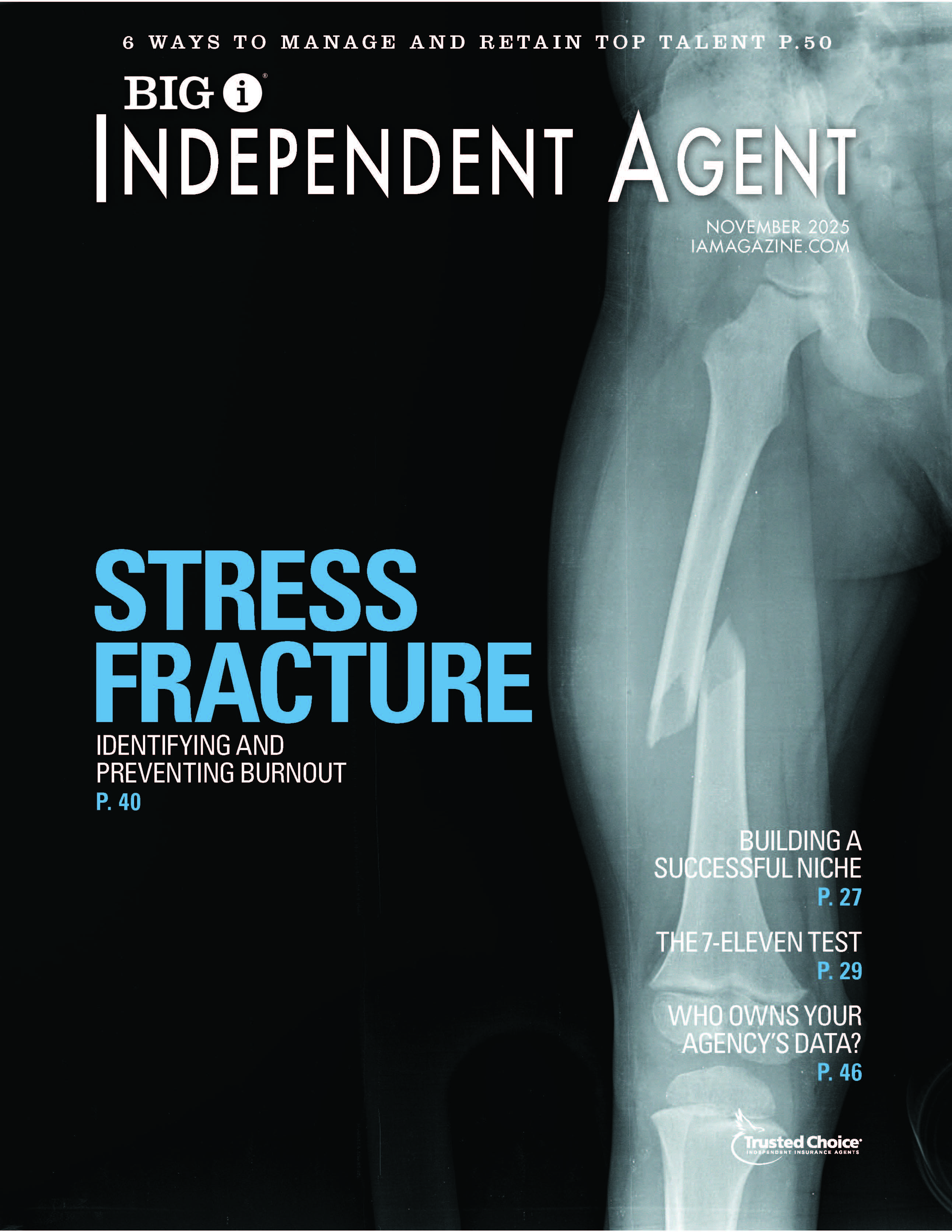Beware of Indemnity Agreement Affidavits
By: Bill Wilson
Your insured subcontractor has signed a construction contact that says his “general liability insurance will cover the indemnity agreements and obligations in the contract.” That indemnity agreement, in part, says your insured must defend, indemnify and release the general contractor for “all claims, causes of action, damages, liabilities, attorneys’ fees and related expenses…” In other words, the insurance requirement in the contract requires that the sub’s CGL policy cover “all claims.” Do you sell a CGL policy that has no exclusions or limits?
Your insured has also presented you with a coverage compliance checklist and “agent affidavit” that the general contractor requires before he will allow the sub on the job site. The affidavit requires you to attest that the sub’s insurance program complies with the construction contract. However, it doesn’t and, after examining the list of questions on the compliance list, you realize there are many items that either cannot be complied with or are too vague or broad. What do you do?
For answers and more questions, click here.
The Catastrophic Homeowners Non-Exclusion
Most homeowners’ policies provide coverage for the dwelling on the “residence premises.” The term “residence premises” is typically defined as “where you reside.” The question is: what happens if you no longer reside there?
This situation can arise unexpectedly with emergency admissions into long-term care facilities, urgent job relocations, military deployments, illnesses, deaths and other situations beyond the control of insureds. Other circumstances may include foreclosures, temporary rentals and renovations. It is not uncommon for a homeowner who has sold his/her home to move out and allow the purchaser to move in days before the closing, leaving the existing homeowners policy in force.
According to some interpretations and court cases, these situations could result in claims for damage to the dwelling to be denied by insurers. The Big “I” Virtual University is aware of at least four real-life claim denials up to six-figures in size because of circumstances not contemplated by agents, much less consumers. The VU has also documented at least nine court decisions upholding claim denials of these types. In the case of foreclosures, both the homeowner’s and lender’s interests may be imperiled, despite the existence of the standard mortgage clause.
To download the white paper and an executive summary, click here.
Swine Flu and the Homeowners Policy
Your child comes down with swine flu while a friend is staying with him over the weekend. The other child’s parents sue you when their child is hospitalized with swine flu.
An obviously sick guest at your party allegedly infects another guest with swine flu and you’re sued. Does your HO policy cover either, neither or both of these claims? The ISO homeowners’ policies exclude BI “which arises out of the transmission of a communicable disease by an ‘insured.’” So, claims alleging infection by family members are probably excluded. However, claims against an insured arising from infection by non-insureds are probably covered.
For more information, including links to resources about risk managing pandemics, click here.
Bill Wilson (bill.wilson@iiaba.net) is Big “I” director of the Virtual University, an online learning center for agents and brokers.
